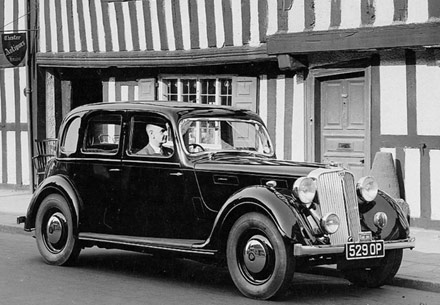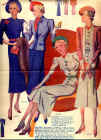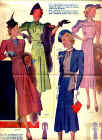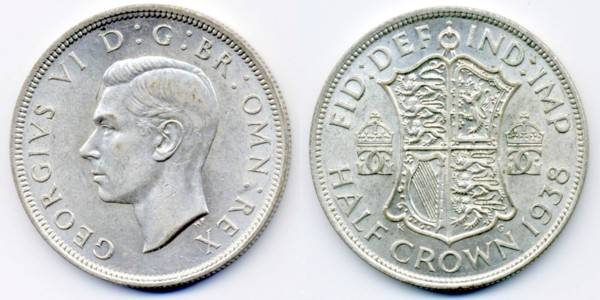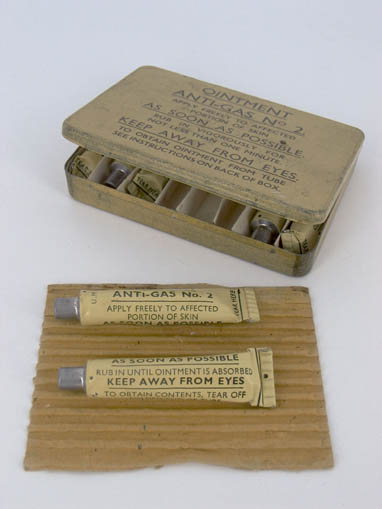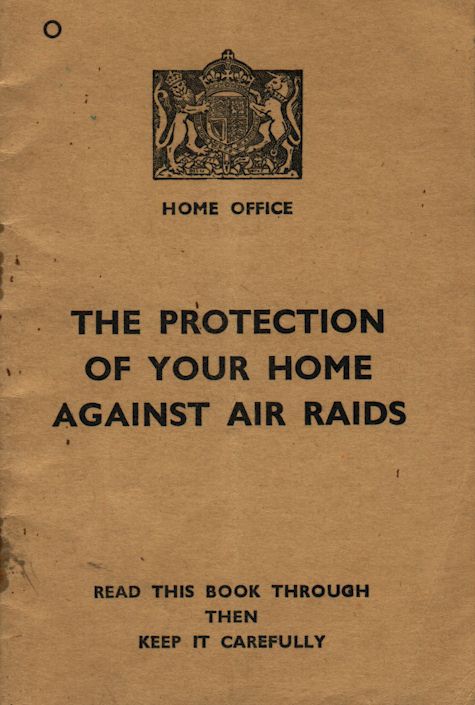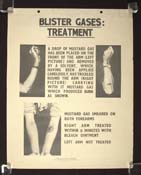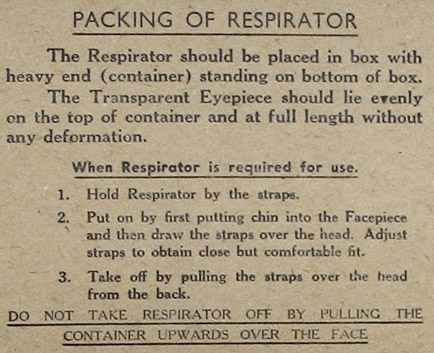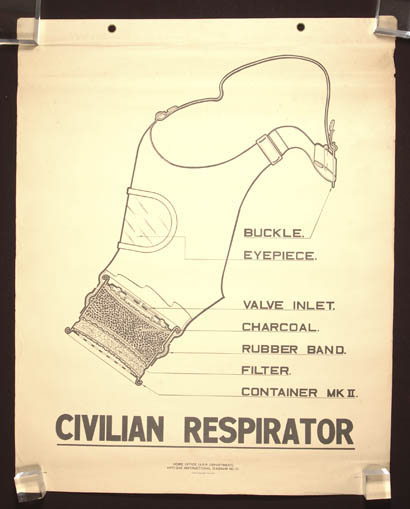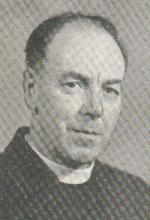NB. This page is still rather incomplete as most of the Gazette items for this year have as yet to be researched.
Click to link to principle LG Chronicle web pages.
THE LEVERSTOCK GREEN CHRONICLE
This page was last updated: January 25, 2014
1938
Rolo - launched 1938
13th January 1938 – The AGM of the Parish Hall Committee was held at the Parish Hall. The following were elected to the Management Committee for 1938 with powers to co-opt:
At the committee meeting which followed immediately on from the AGM Mr J Rance was electe Chairman & Mr C Brigginshaw, Vice-Chairman. Various sub-committees were appointed with responsibility for Dance, Billiards, Whist, & Tennis. Mrs Brigginshaw was re-elected Caretaker, with Mr Brigginshaw Caretaker of the Billiard Table & Club Room.
Parish Hall Committee Minutes throughout the rest of the year showed that numerous activities took place in the hall in addition to those subject to subcommittees. These included official Parish meetings, missionary sales, nursing clinics, band practice (Mr King), birthday parties, dances, wedding receptions, whist drives (2 a week from June), Boys’ Band (similar to the Boys Brigade, not a pop band!)…. The tennis courts were also let to Brocks’ Athletics Club……. Tennis tournaments, Billiard Tournaments and Whist drives were arranged on a regular basis. [ L.G.10]
February 1938 – Lectures were taking place in the Leverstock Green, where 30 people were receiving instruction in precautions against chemical warfare. [S19 p55]
1938 Half-crown, i.e. 2/6. The equivalent of £5.72 using the retail price index for 2007
A selection of items issued in 1938 to help in the very real thret of chemical warware dropped during possible air-raids.
1938 - In about March 1938 the residents of cottages along Westwick Row (on the site of the present Handpost Lodge and possibly opposite as well) moved out to new homes in nearby Pimlico supplied by the local council. It is uncertain in Handpost Lodge had already been built at this time, or whether it was built afterwards - possibly the latter. A photograph of three girls, Elsie Coclough (nee Fountain), Jean Oldham (nee Freeman), and Elsie Summers (nee Hall) was taken shortly afterwards at the well which served the cottages. This photograph was reproduced in the Looking back column of the Hemel Hempstead Gazette on March 5th 1998. See entries for 1811 and 19th June 1848. [Gazette 5th March 1998, S326]
11th May 1938 - The Trustees of the Parish Hall Trust met for a meeting at the Vicarage. Present were the Vicar (Mr. Binns), Mr. Newland (Churchwarden), Mr. Bromley-Martin, & Mr. Marston.
Amongst the items discussed was the Letting of Hall to the Parochial Church Council, and the possible consequences if the school was let in competition with the hall, which the vicar thought unlikely. It was also reported that Mr. William Peddie Nairne had now taken the place of Mr. Arthur Perkins as Churchwarden and it was pointed out that he became a trustee automatically [L.G.1]
28th July 1938 – at a meeting of the Parish Hall Committee “ A report was received concerning the behaviour of 5 Irish men at the last dance held in the hall. It was agreed after discussion not to admit either of them in the future.” [L.G.10]
1st November 1938. – The Parish Hall was used by the local authorities as a polling station. The fee paid to the hall being set at 25/- [L.G.10]
16th November 1938 – The second meeting of the Parish Hall Trustees took place at the Vicarage.
Present: The Vicar (Mr. Binns) the Churchwardens ( Mr. Newland & Mr. Nairne ) and Mr. Wright, Mr. Bailey and Mr. Marston. An apology for absence was received from Mr. Bromley-Martin .
A Report from the Hall committee that they had in hand £19.17.3 ½ and the Hall was running smoothly and particulars of repairs and improvements was received.
The possibility of War in the near future was featured when The Vicar reported that he had authorised the removal of the stage curtains from the Hall to the school for the Air Raid Practice after referring to Mr. Leat, who had stated he could not act without consulting the Hall Committee, and the Vicar’s action was confirmed. Other matters were also discussed including the acceptance of the resignation of Mr. Childs and a resolution which was passed unanimously for a note of thanks for the Vicar's services while Incumbent at Leverstock Green. [L.G.1]
11th November 1938 - ARMISTICE DAY: On Armistice Day in the village the two minute silence was observed at the war memorial where a short service was conducted by Mr. Ayre in the unavoidable absence of the vicar Rev T A Binns. There was a good gathering of the villagers, the schoolchildren of the two top classes from the school also being present. Mr. Ayre read the names of those who had fallen and the Hymns “Our God Our Help in Ages Past” was sung in addition to the National Anthem. [Gazette 18th November 1938]
16th November 1938 – at the meeting of the Parish Hall Trust held at the Vicarage, the Vicar reported that he had authorise the removal of the stage curtains from the Hall to the school for the Air Raid Practice, the Vicar’s action was confirmed. [LG1]
16th November 1938 – Percy Webster of Sibley’s Orchard died. Percy & his family had lived at Sibleys Orchard for many years. The Websters moved to Leverstock Green in 1906. For full details on Mr Webster click here.
The Hemel Hempstead Gazette, which was circulated two days after his death, reported the following:
MR. PERCY WEBSTER
~~~~~~~~~~~~~
AN AUTHORITY ON CLOCKS
A correspondent writes: -
ABOVE: Gazette 18th November 1938- NB this would have gone to press the previous day, and the funeral actually took place on Sunday 18th
BELOW: His obituary in The Times read as follows:
Saturday 18th November 1938: -The Gazette reported:
Saturday 18th November 1938 - Funeral of Mr. Percy Webster - Full details of the funeral and further obituaries can be read on the WebPage for Percy & Malcolm Webster.
Saturday 18th November 1938 - The Hertfordshire Advertiser & St. Albans Times reported that the Reverend Richard Alexander Yates, lately Vicar of Huddersfield had been offered the living of Leverstock Green by the Earl of Verulam and Mr L. mark the Trustee of the Patronage. It was noted that the Rev Yates had graduated from University College Oxford in 1924 an MA in English in 1928. He had trained at Cuddendon Theological College for 1 year in 1934 and then held curacies in Catford. The Rev Yates (RIGHT) had then gone to South Africa in 1928, returning in 1933. [Hertfordshire Advertiser & St. Albans Times Dec 16th 1938]
GRANT FOR PLAYING FIELD
We are informed by the national fitness committee, that a grant of £230 has been offered in response to application of the Hemel Hempstead Borough Council for assistance towards the cost and purchasing and levelling a playing field at Leverstock Green. [Gazette 18th November 1938]
Friday December 23rd 1938 -The following advert was published in the Hertfordshire Advertiser & St. Albans Times for a farmhouse:
Saturday 31st December 1938 – The Parish Hall Social committee held a New Year Social at the Parish Hall Leverstock Green. Songs were sung by Miss Clare Clatley & Mrs Brigginshaw. The Areandions Band who gave their services free of charge played for dancing & Mr. F. Leat was MC. Several spot dances and prizes awarded and games and competitions were played. [Hertfordshire Advertiser & St. Albans Times 6th January 1939]
PA £100 EXCL
LEVERSTOCK GREEN – Farm house
in excellent condition and containing 22 ft lounge 19ft Dairy room, kitchen, Pantry, 5 Bedrooms, Dressing Room, Bathroom (h & cold), Garage. About 3 acres.
For all further particulars of above & many other properties in St. Albans & district apply to:
SIMPSON & LOCK & VINCE
As above


